
How to Use Full Bridge Rectifier: Examples, Pinouts, and Specs
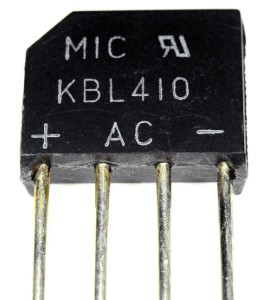
 Design with Full Bridge Rectifier in Cirkit Designer
Design with Full Bridge Rectifier in Cirkit DesignerIntroduction
The KBL410 Full Bridge Rectifier, manufactured by MIC, is a compact and efficient component designed to convert alternating current (AC) into direct current (DC). It utilizes four diodes arranged in a bridge configuration, enabling the rectification of both halves of the AC waveform. This design ensures higher efficiency and smoother DC output compared to half-wave rectifiers.
Explore Projects Built with Full Bridge Rectifier
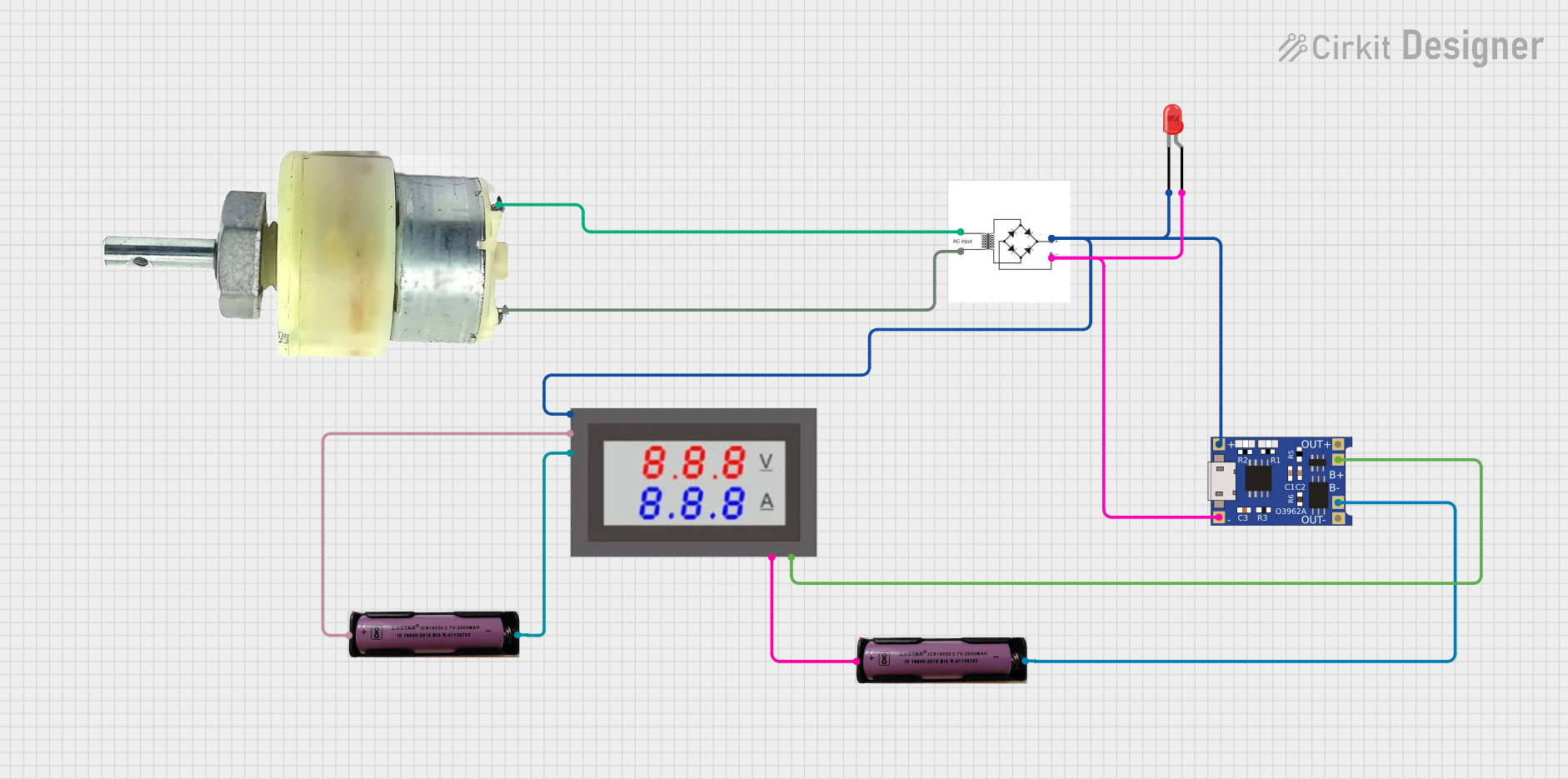
 Open Project in Cirkit Designer
Open Project in Cirkit Designer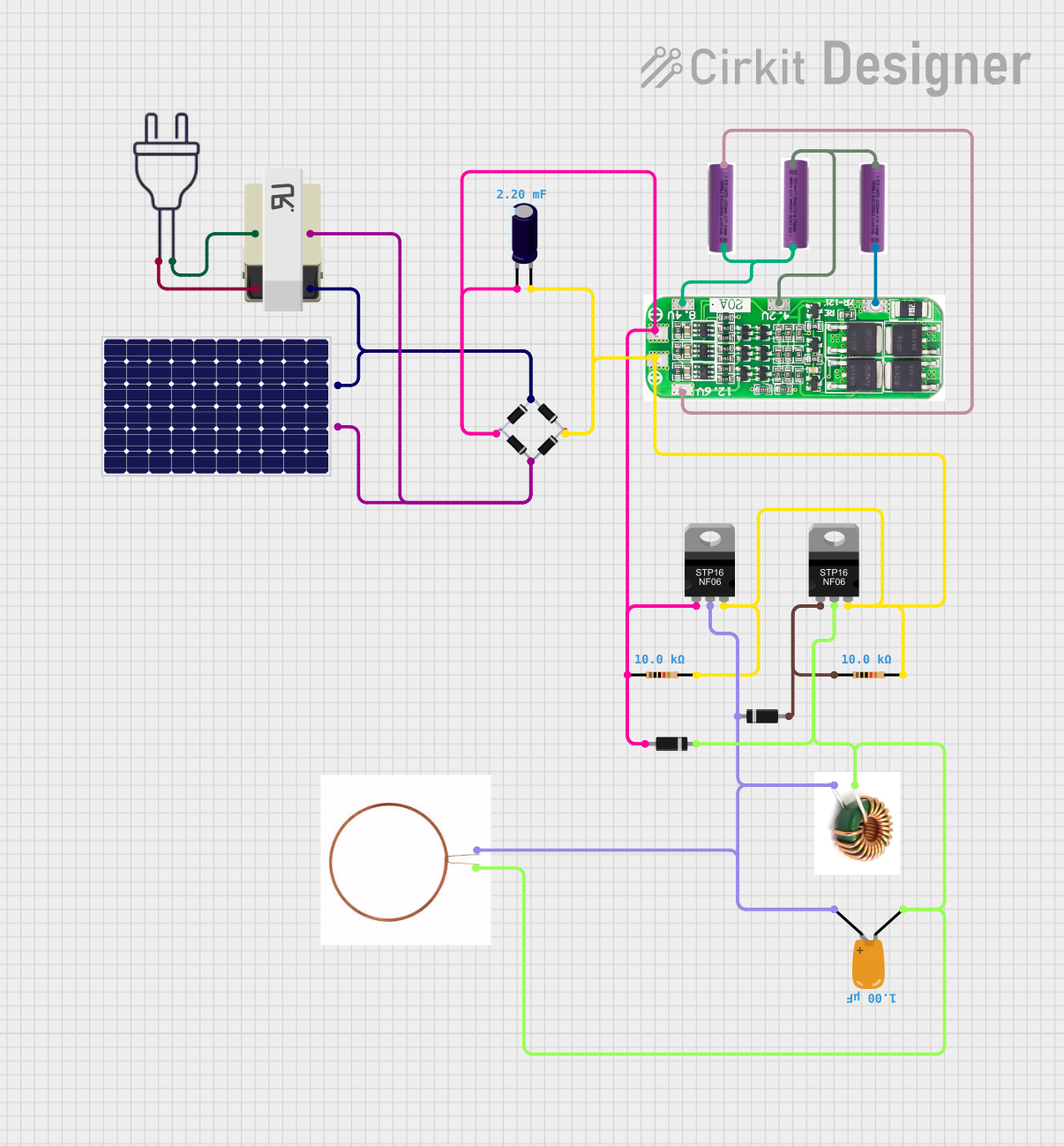
 Open Project in Cirkit Designer
Open Project in Cirkit Designer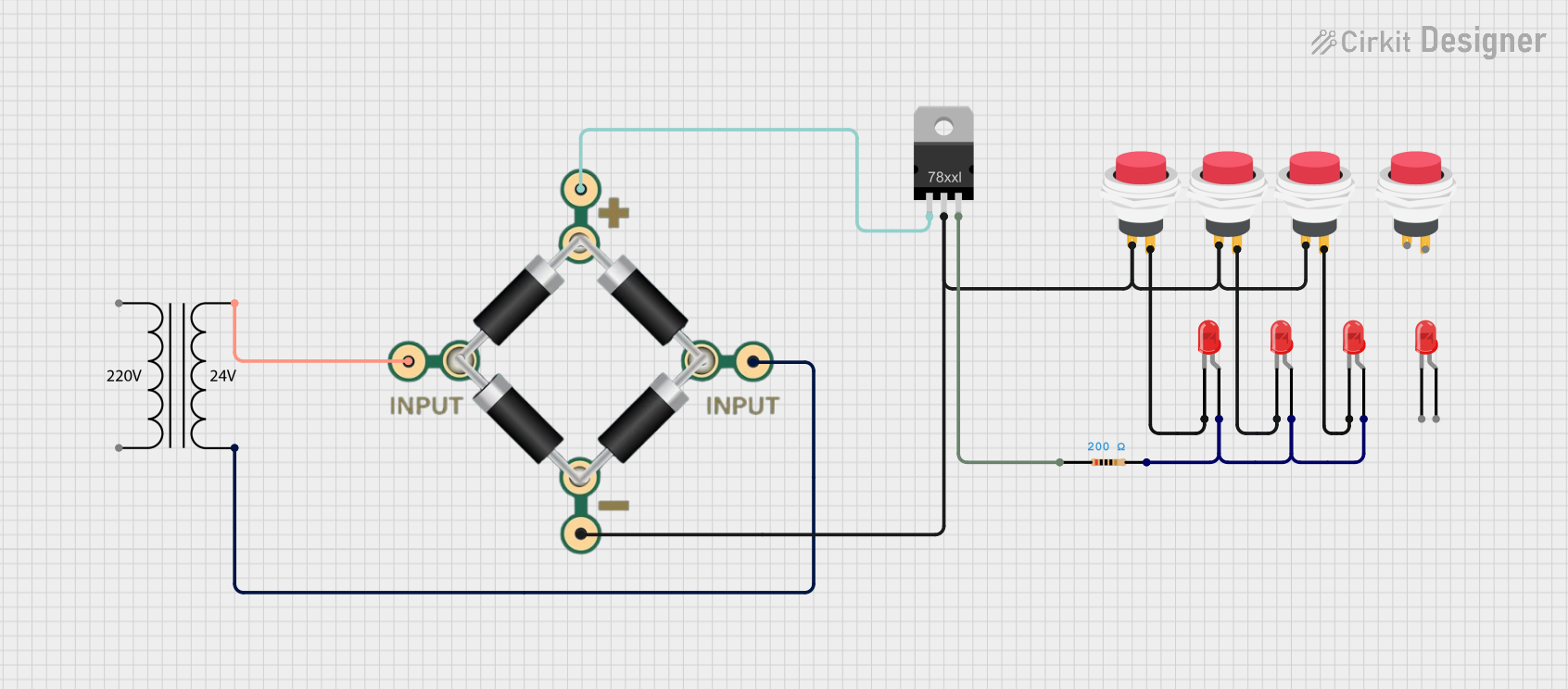
 Open Project in Cirkit Designer
Open Project in Cirkit Designer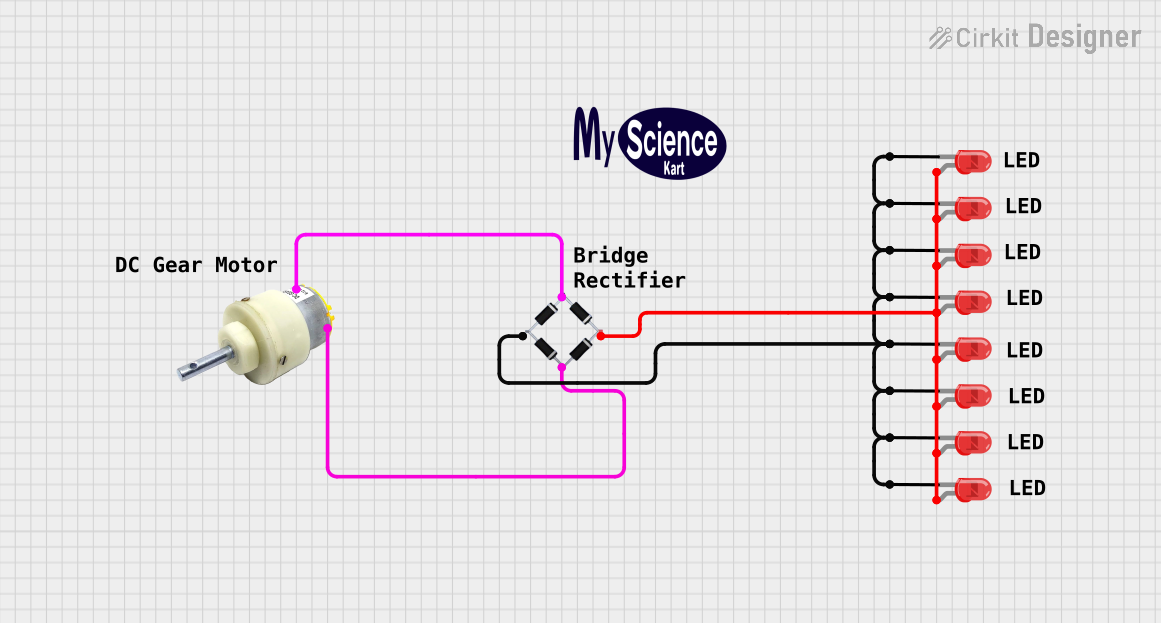
 Open Project in Cirkit Designer
Open Project in Cirkit DesignerExplore Projects Built with Full Bridge Rectifier

 Open Project in Cirkit Designer
Open Project in Cirkit Designer
 Open Project in Cirkit Designer
Open Project in Cirkit Designer
 Open Project in Cirkit Designer
Open Project in Cirkit Designer
 Open Project in Cirkit Designer
Open Project in Cirkit DesignerCommon Applications and Use Cases
- Power supplies for electronic devices
- Battery charging circuits
- DC motor drives
- LED lighting systems
- Industrial control systems
Technical Specifications
The KBL410 Full Bridge Rectifier is designed for robust performance in a variety of applications. Below are its key technical specifications:
| Parameter | Value |
|---|---|
| Manufacturer | MIC |
| Part Number | KBL410 |
| Maximum Repetitive Peak Reverse Voltage (VRRM) | 1000V |
| Maximum Average Forward Rectified Current (IF(AV)) | 4A |
| Peak Forward Surge Current (IFSM) | 150A |
| Forward Voltage Drop (VF) | 1.1V (per diode) |
| Operating Temperature Range | -55°C to +150°C |
| Package Type | KBL (4-pin rectangular package) |
Pin Configuration and Descriptions
The KBL410 has four pins, as described in the table below:
| Pin Number | Pin Name | Description |
|---|---|---|
| 1 | AC Input 1 | First AC input terminal |
| 2 | AC Input 2 | Second AC input terminal |
| 3 | DC Output (+) | Positive DC output terminal |
| 4 | DC Output (-) | Negative DC output terminal (ground) |
Usage Instructions
How to Use the KBL410 in a Circuit
- Connect the AC Input Terminals: Attach the AC voltage source to the two AC input pins (Pin 1 and Pin 2). Ensure the input voltage does not exceed the maximum repetitive peak reverse voltage (1000V).
- Connect the DC Output Terminals: Connect the positive DC output terminal (Pin 3) to the load's positive terminal and the negative DC output terminal (Pin 4) to the load's ground.
- Add a Filter Capacitor (Optional): To smooth the rectified DC output, connect a capacitor across the DC output terminals. The capacitor value depends on the desired ripple voltage and load current.
Important Considerations and Best Practices
- Heat Dissipation: Ensure adequate heat dissipation by mounting the rectifier on a heatsink if operating near its maximum current rating.
- Input Voltage: Verify that the input AC voltage is within the rectifier's voltage rating.
- Polarity: Double-check the polarity of the DC output connections to avoid damage to the load.
- Fuse Protection: Use a fuse on the AC input side to protect the rectifier and circuit from overcurrent conditions.
Example: Using the KBL410 with an Arduino UNO
The KBL410 can be used to power an Arduino UNO by rectifying an AC voltage source and providing a stable DC voltage. Below is an example circuit and code:
Circuit Description
- Connect a 12V AC transformer to the AC input terminals of the KBL410.
- Add a 1000µF capacitor across the DC output terminals to smooth the DC voltage.
- Use a 7805 voltage regulator to step down the rectified DC voltage to 5V for the Arduino UNO.
Arduino Code Example
// Example code to blink an LED using an Arduino UNO powered by the KBL410
// Full Bridge Rectifier. Ensure the rectified DC voltage is regulated to 5V.
const int ledPin = 13; // Pin connected to the onboard LED
void setup() {
pinMode(ledPin, OUTPUT); // Set the LED pin as an output
}
void loop() {
digitalWrite(ledPin, HIGH); // Turn the LED on
delay(1000); // Wait for 1 second
digitalWrite(ledPin, LOW); // Turn the LED off
delay(1000); // Wait for 1 second
}
Troubleshooting and FAQs
Common Issues and Solutions
No DC Output:
- Cause: Incorrect wiring of the AC input or DC output terminals.
- Solution: Verify the connections using the pin configuration table.
Excessive Heat:
- Cause: Operating near or above the maximum current rating without proper heat dissipation.
- Solution: Attach a heatsink to the rectifier and ensure adequate ventilation.
High Ripple Voltage:
- Cause: Insufficient filtering of the rectified DC output.
- Solution: Increase the value of the filter capacitor or use a voltage regulator.
Blown Fuse:
- Cause: Overcurrent due to a short circuit or excessive load.
- Solution: Check the circuit for shorts and ensure the load current is within the rectifier's rating.
FAQs
Q1: Can the KBL410 handle 50Hz and 60Hz AC input?
A1: Yes, the KBL410 is compatible with both 50Hz and 60Hz AC input frequencies.
Q2: What is the maximum DC output voltage of the KBL410?
A2: The maximum DC output voltage is approximately the peak value of the AC input voltage minus the forward voltage drop of the diodes (1.1V per diode).
Q3: Can I use the KBL410 for three-phase AC rectification?
A3: No, the KBL410 is designed for single-phase AC rectification. For three-phase rectification, use a three-phase bridge rectifier.
Q4: Is the KBL410 suitable for high-frequency AC input?
A4: The KBL410 is optimized for low-frequency AC input (50Hz/60Hz). For high-frequency applications, consider using a fast recovery or Schottky diode bridge rectifier.
By following this documentation, users can effectively integrate the KBL410 Full Bridge Rectifier into their electronic projects and troubleshoot common issues with ease.